Raymond Briggs: A Retrospective
A new exhibition at Cambridge University Library celebrates the life, work and legacy of the award-winning author and illustrator.
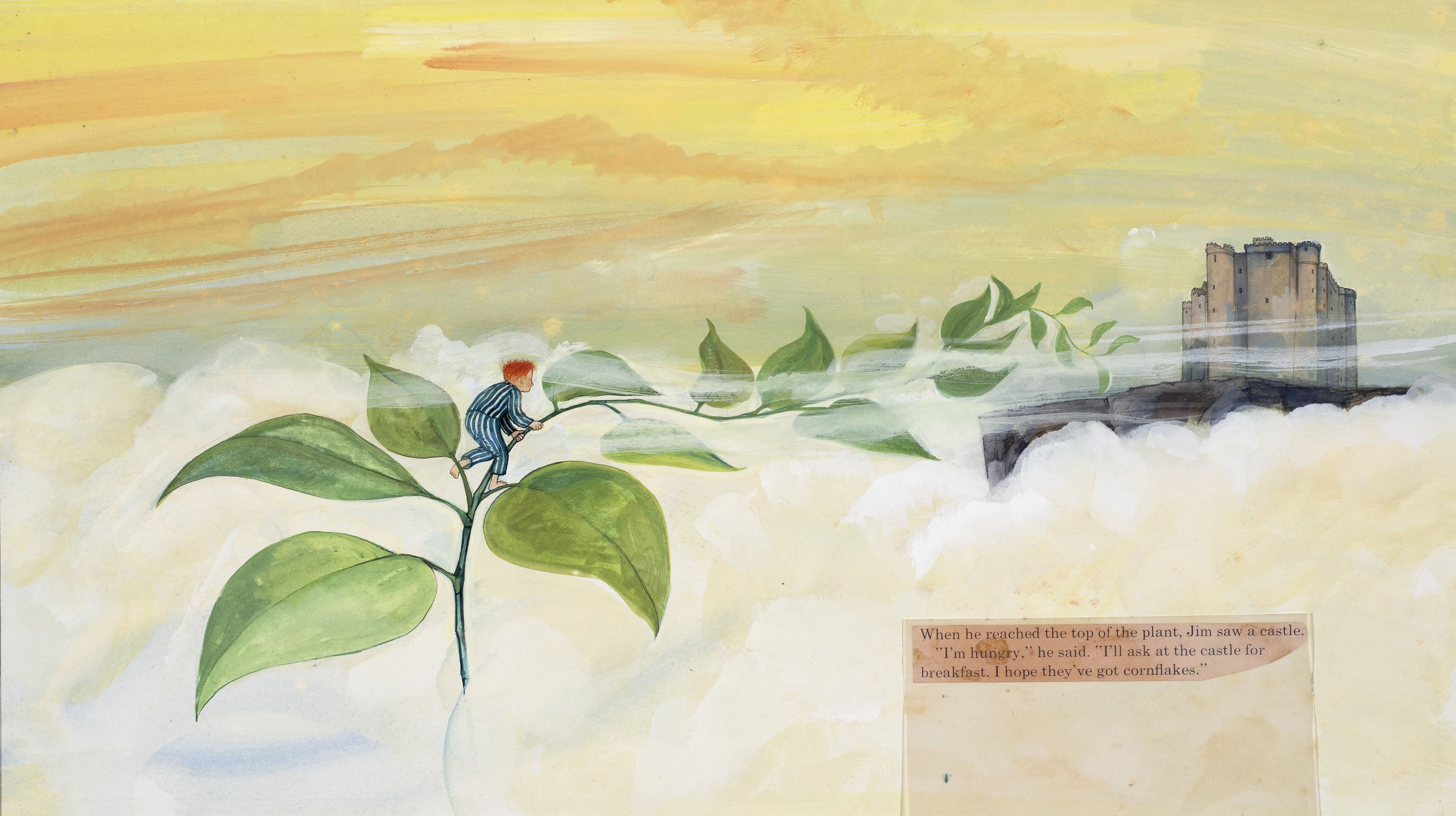
Rarely-seen original illustrations from Raymond Briggs go on display at Cambridge University Library this weekend until August 26, 2023.
The free exhibition showcases the beloved author-illustrator behind some of the UK’s most influential children’s books and graphic novels.
Touring from the Quentin Blake Centre for Illustration, the retrospective highlights a selection of Briggs’ most significant works and reveal his expert draughtsmanship, captivating storytelling and the subversive humour throughout some of the most popular and influential children’s books and graphic novels of the 20th century.
Included in the exhibition are works from Briggs’ pioneering titles as well as drawings, hand-lettered typography and page designs from his earliest commissions to The Puddleman (2004).
The Library is also programming a series of events for our Friends as well as children and adults throughout the run of the exhibition.
"Below painting comes illustration… below that comes cartoons… then, below the gutter, are the sewers – strip cartoons! Comics! Ugh! The very cesspits of non-culture."
Raymond Briggs
A multi-award winning author and illustrator, Briggs, who passed away last year at the age of 88, is best known as the illustrator behind much-loved children’s classics including Fungus the Bogeyman (1977), Father Christmas (1973) and The Snowman (1978), as well as bestselling graphic novels for adults including Ethel & Ernest (1998), When the Wind Blows (1982) and The Tin Pot Foreign General and The Old Iron Woman (1984).
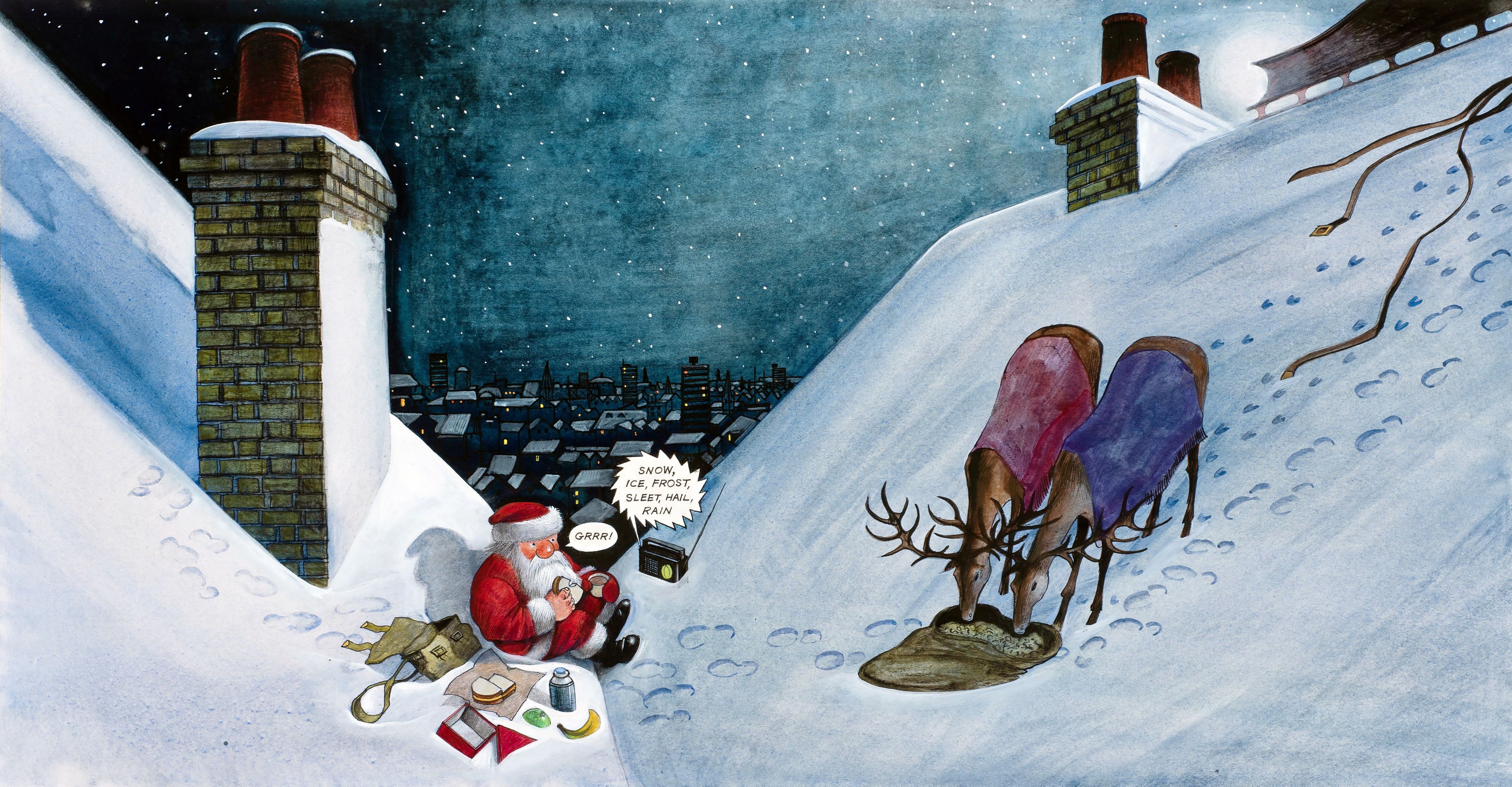
Rooftop page spread, Father Christmas © Raymond Briggs, 1973
Rooftop page spread, Father Christmas © Raymond Briggs, 1973
Born in London in 1934, he was inspired by illustrations in newspapers and Punch magazine and applied to art school at the age of 15. His interviewer was appalled by his desire to be a cartoonist, however Briggs' illustrated stories have become enduring works.
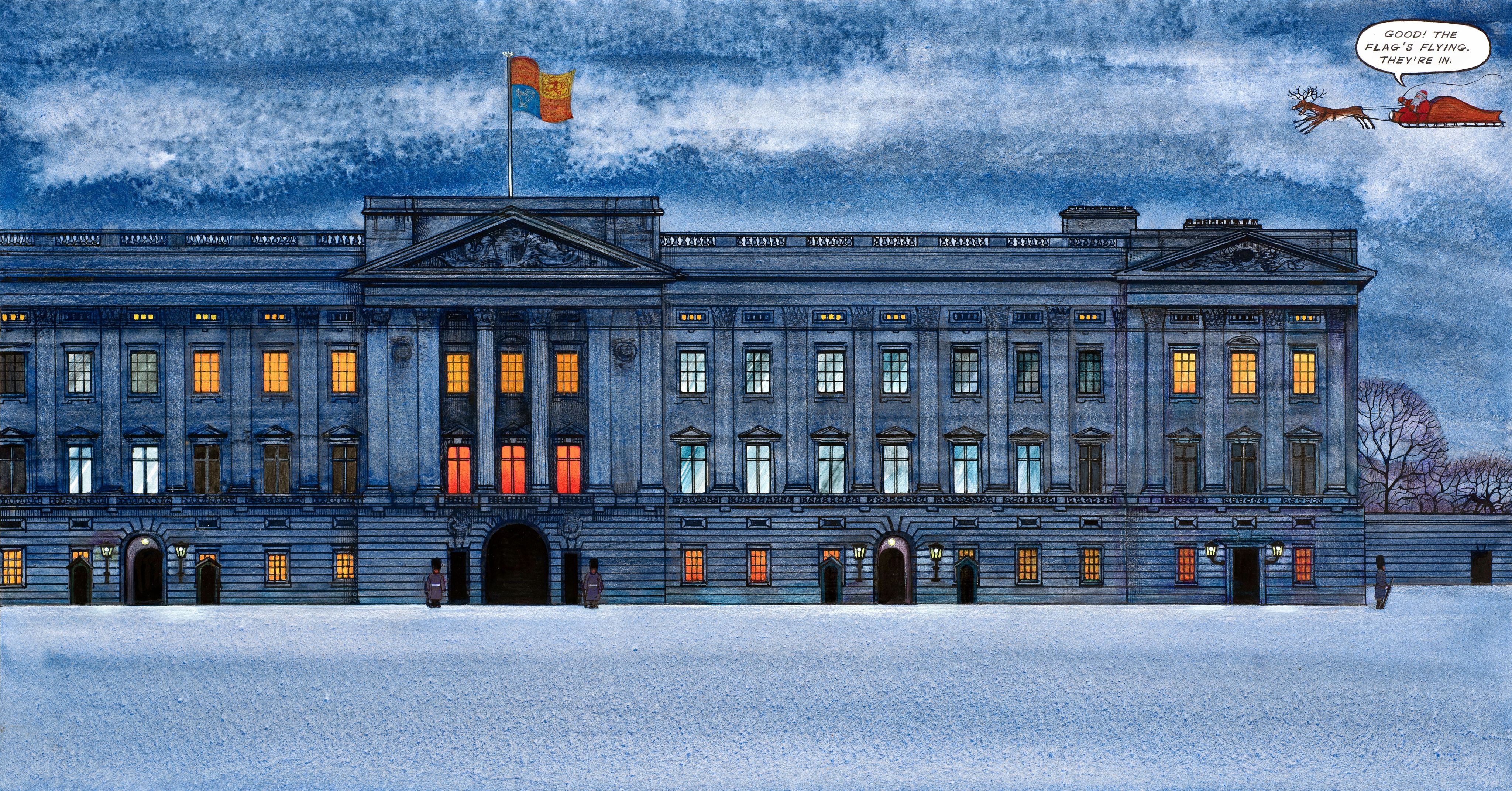
"Being able to share original artwork from the development of his well-loved books is an honour."
Ruth Law, Exhibition Coordinator
Though he never planned to write for children, his innate gift for storytelling and subversive humour have made many of his books generational favourites.
His best known work, The Snowman (1978), has sold more than 5.5 million copies in 21 countries and the animated film of the same name has been broadcast every Christmas Eve by Channel 4 since its first transmission in 1982.
Over a career which has spanned six decades, Briggs created illustrated books on a wide variety of different themes, from family relationships and grief to social mobility and political satire. His books have inspired, challenged and entertained readers around the world, and some have been the source of controversy.
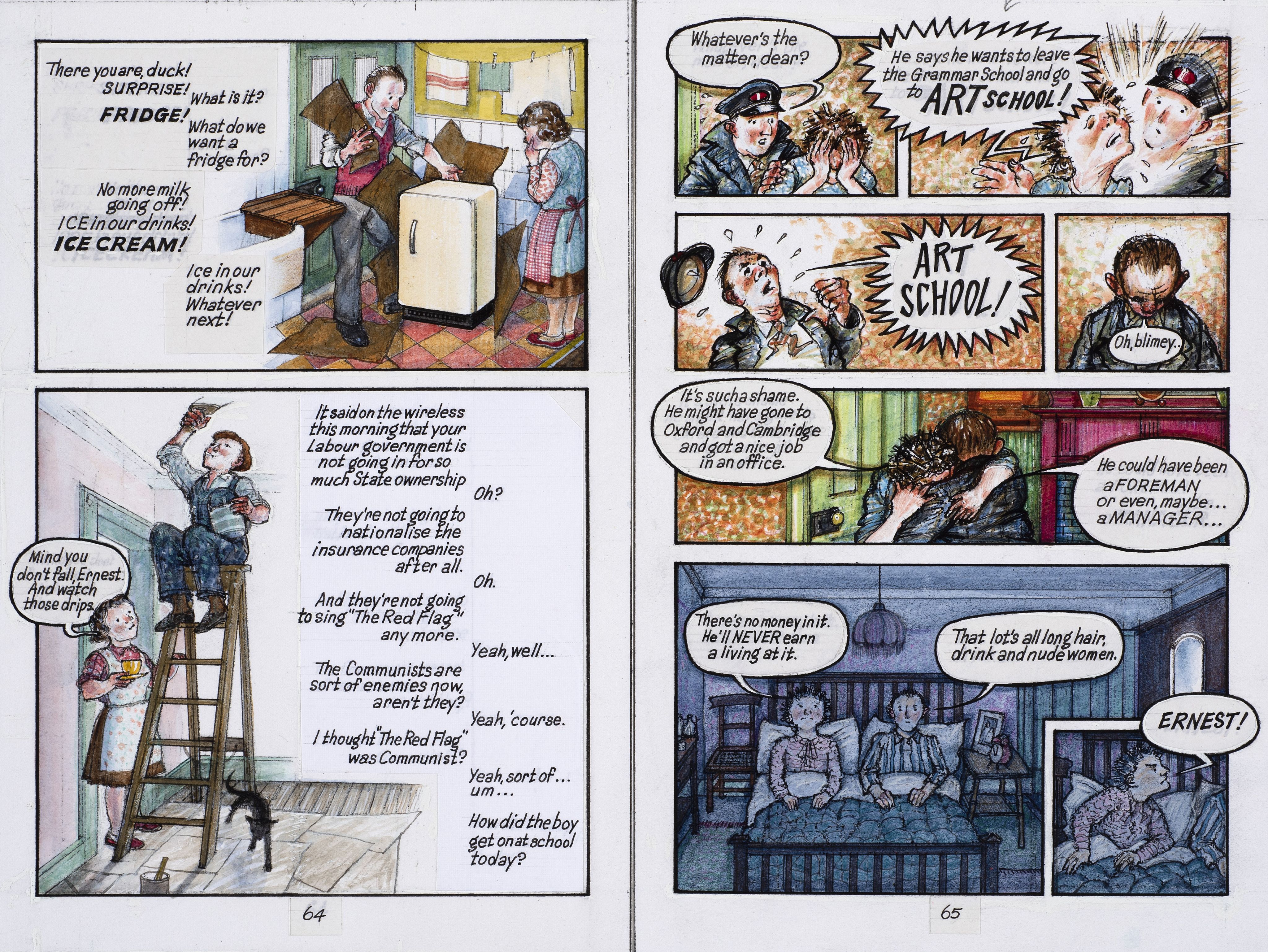
Art School page spread, Ethel and Ernest © Raymond Briggs, 1998
Art School page spread, Ethel and Ernest © Raymond Briggs, 1998
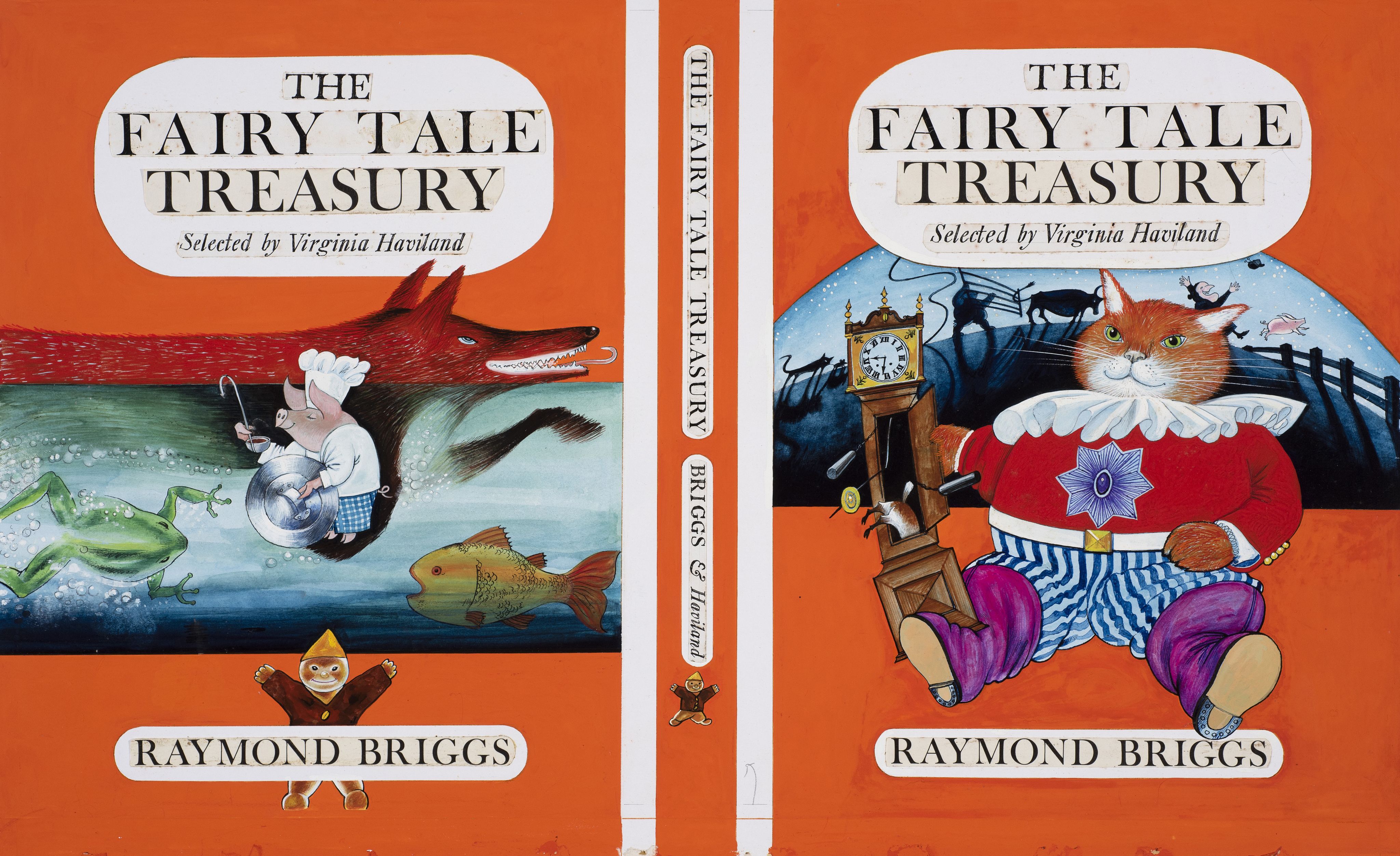
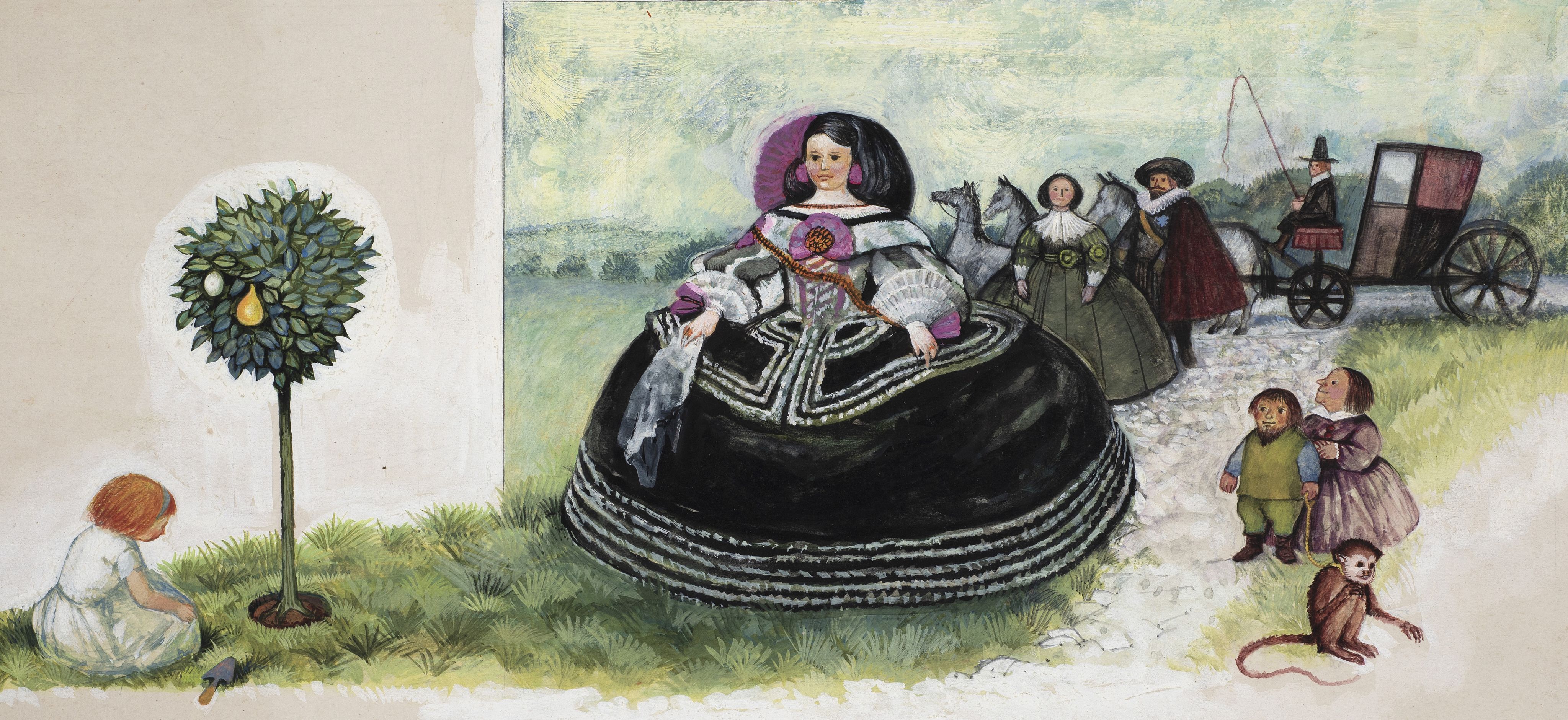
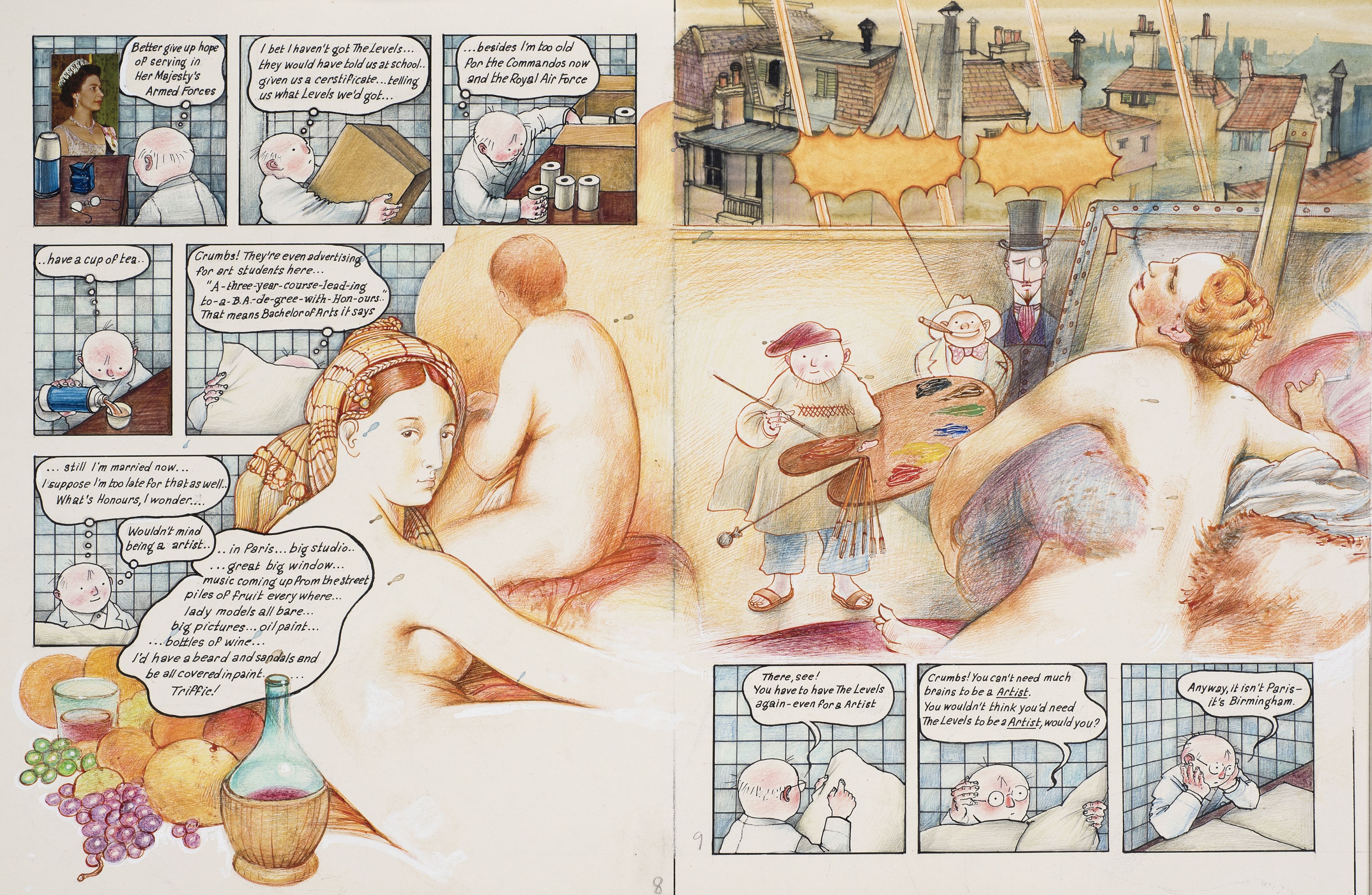
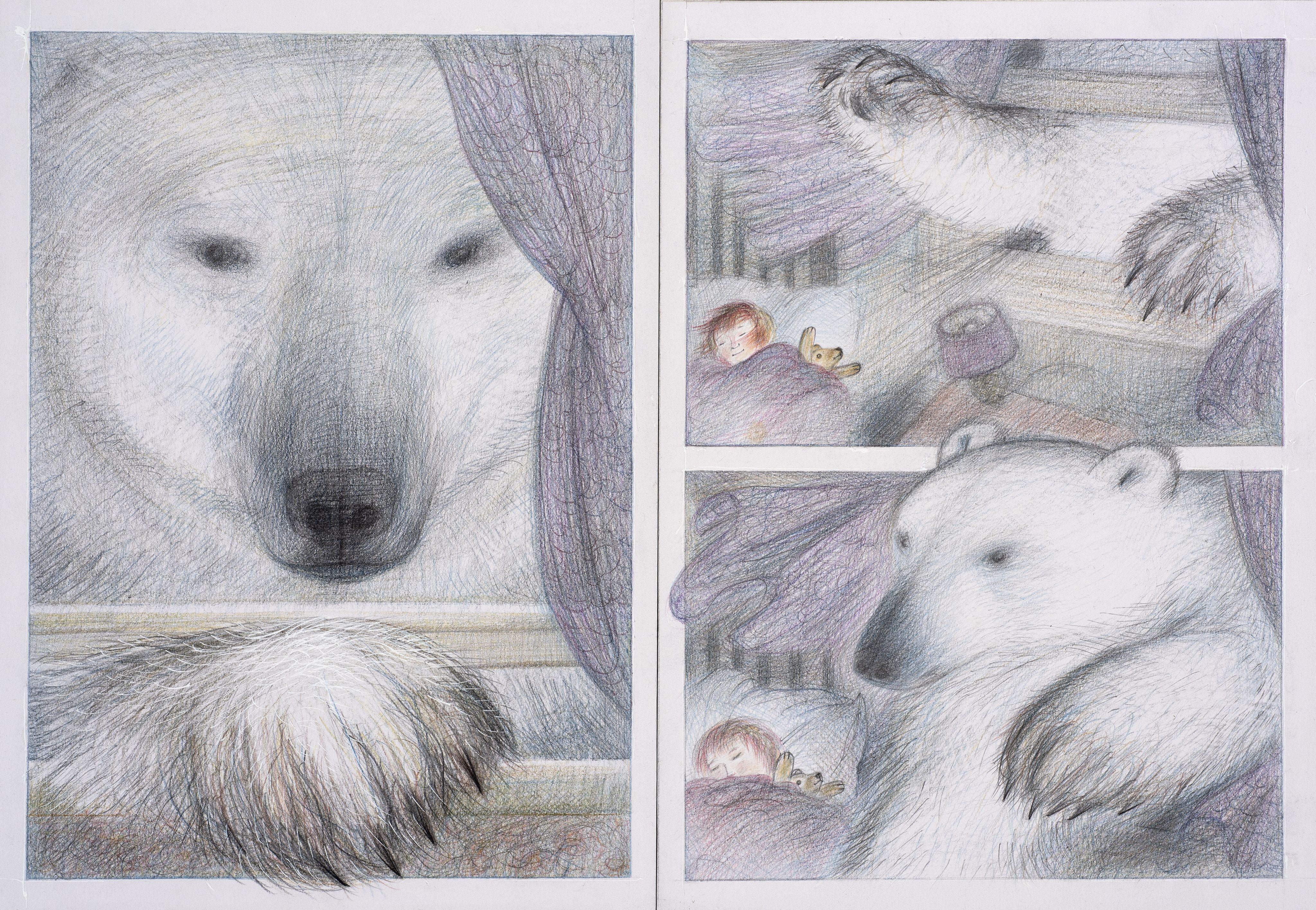
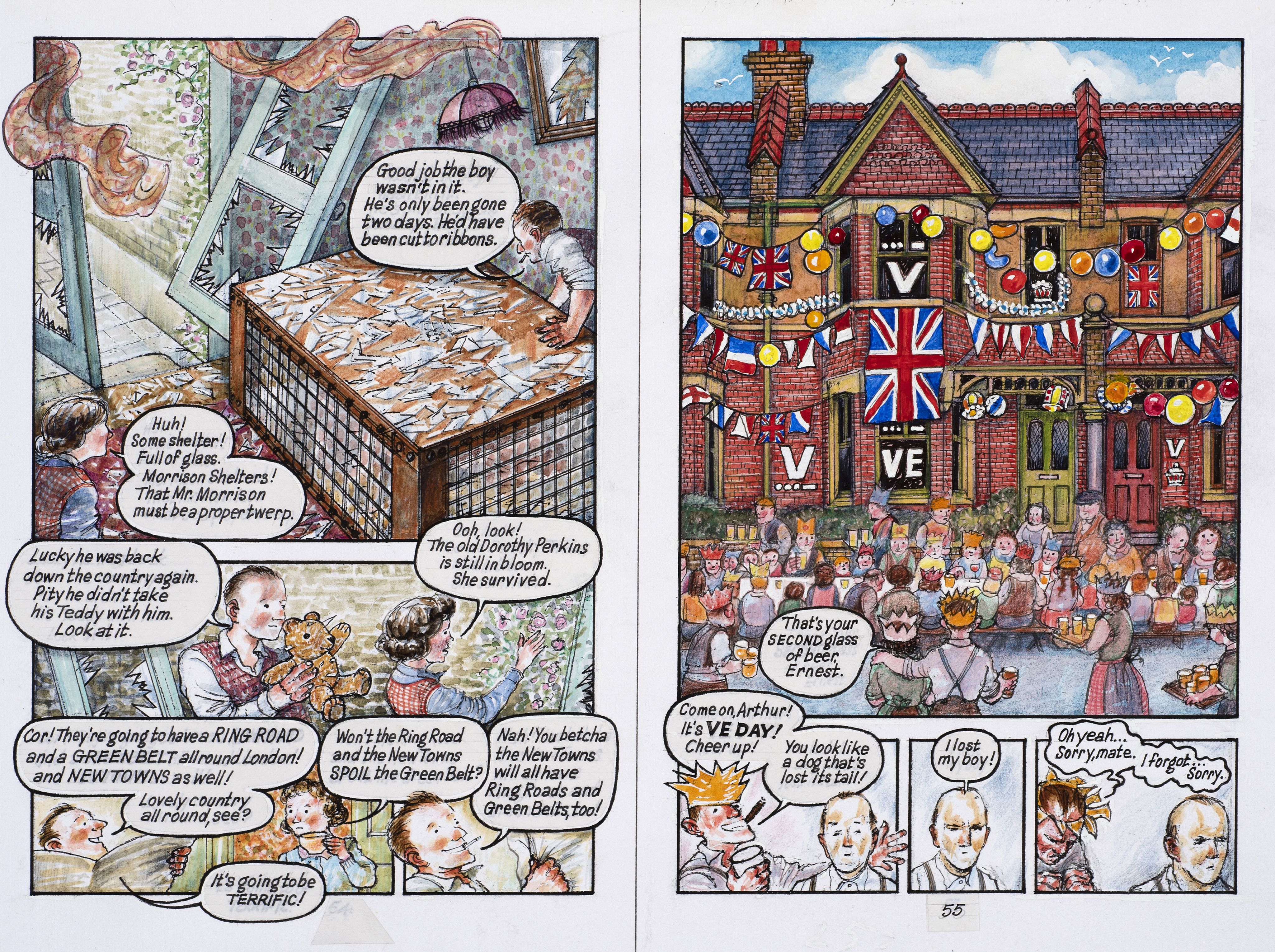
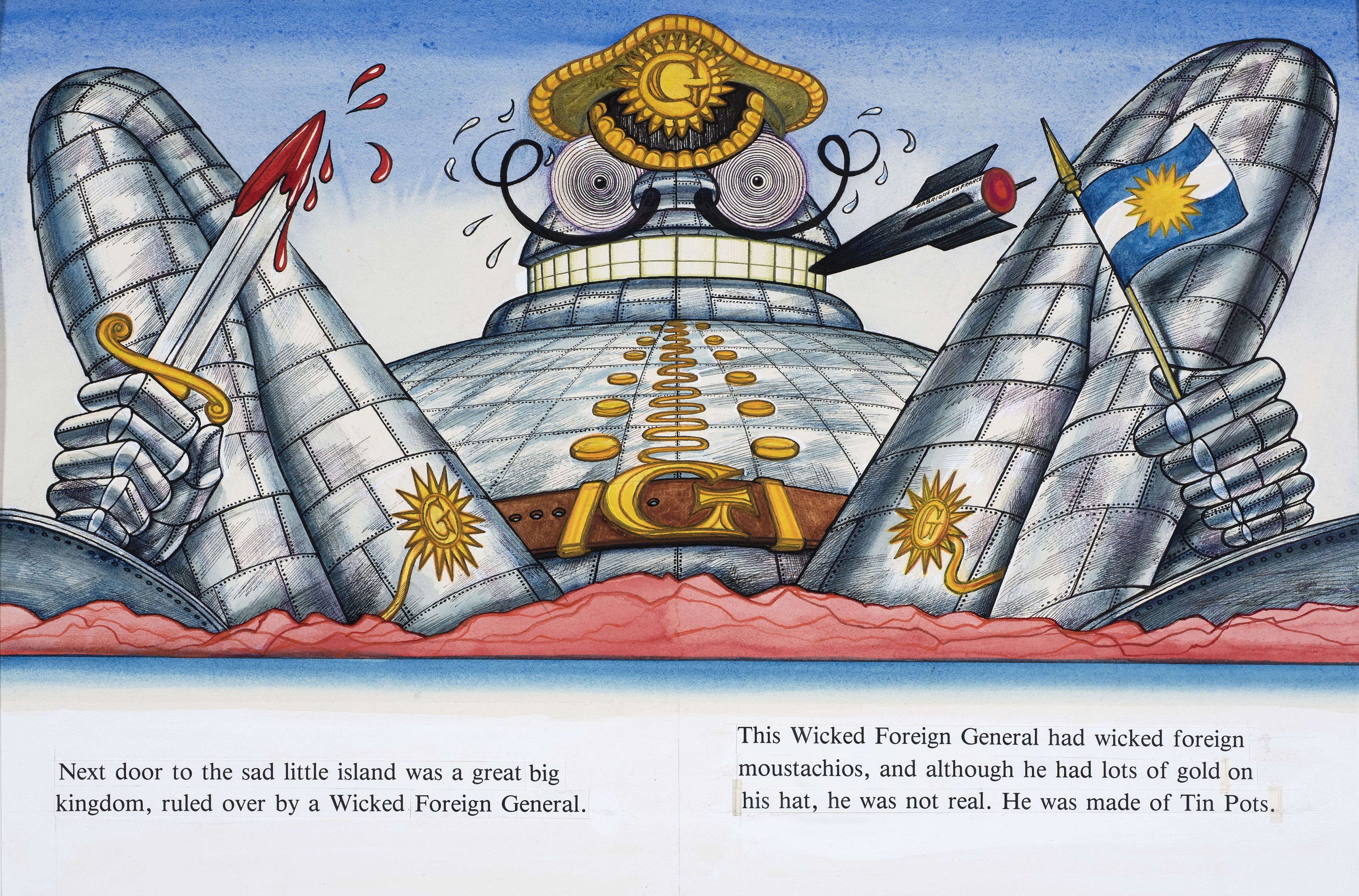

The Fairy Tale Treasury cover © Hamish Hamilton Children’s Books, illustrations Raymond Briggs, 1972
The Fairy Tale Treasury cover © Hamish Hamilton Children’s Books, illustrations Raymond Briggs, 1972

The Little Nut Tree, Fee Fi Fo Fum (c) Hamish Hamilton Children's Books, illustration Raymond Briggs 1964
The Little Nut Tree, Fee Fi Fo Fum (c) Hamish Hamilton Children's Books, illustration Raymond Briggs 1964

The Artist page spread, Gentleman Jim © Raymond Briggs, 1980, 2008
The Artist page spread, Gentleman Jim © Raymond Briggs, 1980, 2008

Window page spread, The Bear © Raymond Briggs 1994
Window page spread, The Bear © Raymond Briggs 1994

VE Day, Ethel and Ernest © Raymond Briggs, 1998
VE Day, Ethel and Ernest © Raymond Briggs, 1998

The Tin-Pot Foreign General, The Tin-Pot Foreign General and the Old Iron Woman, text and illustrations © Raymond Briggs, 1984
The Tin-Pot Foreign General, The Tin-Pot Foreign General and the Old Iron Woman, text and illustrations © Raymond Briggs, 1984
Drawings on display include illustrations from Briggs’ nursey rhyme collections Fee Fi Fo Fum (1964) and the cover illustration for The Christmas Book (1968), which featured stories by authors Charles Dickens, Dylan Thomas and Kenneth Grahame.
The late 1960s and 1970s was a richly creative time in Briggs’ career while tinged with grief following the deaths of both of his parents and his wife within the space of 24 months.
The impact of these bereavements can be seen in his later books, including Fungus the Bogeyman (1977) and The Snowman (1978), which portray family relationships and loss with nuance and sensitivity.
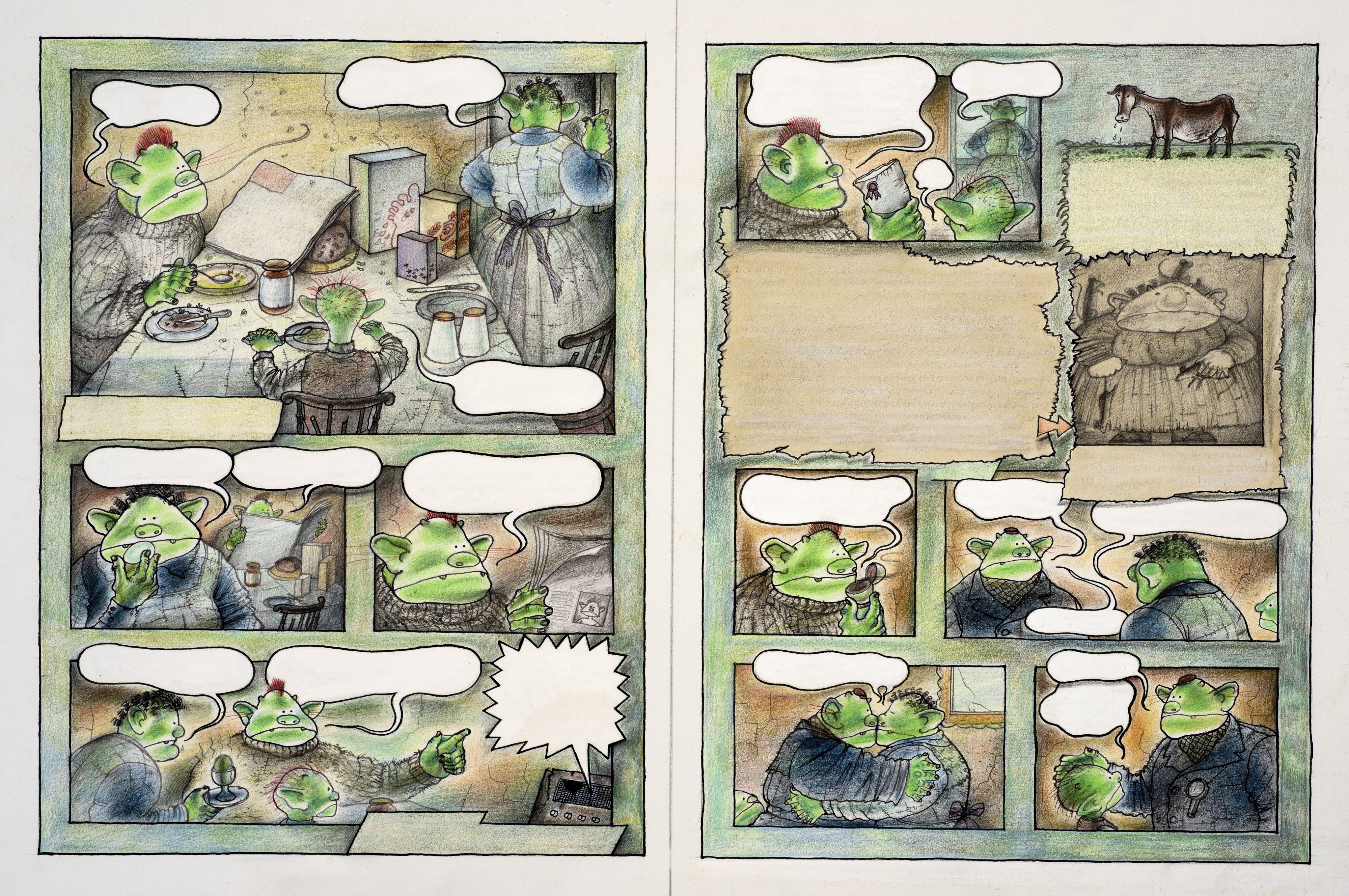
Fungus the Bogeyman page spread © Raymond Briggs, 1977
Fungus the Bogeyman page spread © Raymond Briggs, 1977
Jim and the Beanstalk (1970) marked the first occasion that Briggs both author and illustrated a book. This was followed by Father Christmas (1973) in which Briggs started to use a comic strip format in his picture books.
Father Christmas (1973) was one of the first children’s books to use frame-by-frame storytelling in this way, as Briggs wanted to squeeze more story into the number of pages allowed.
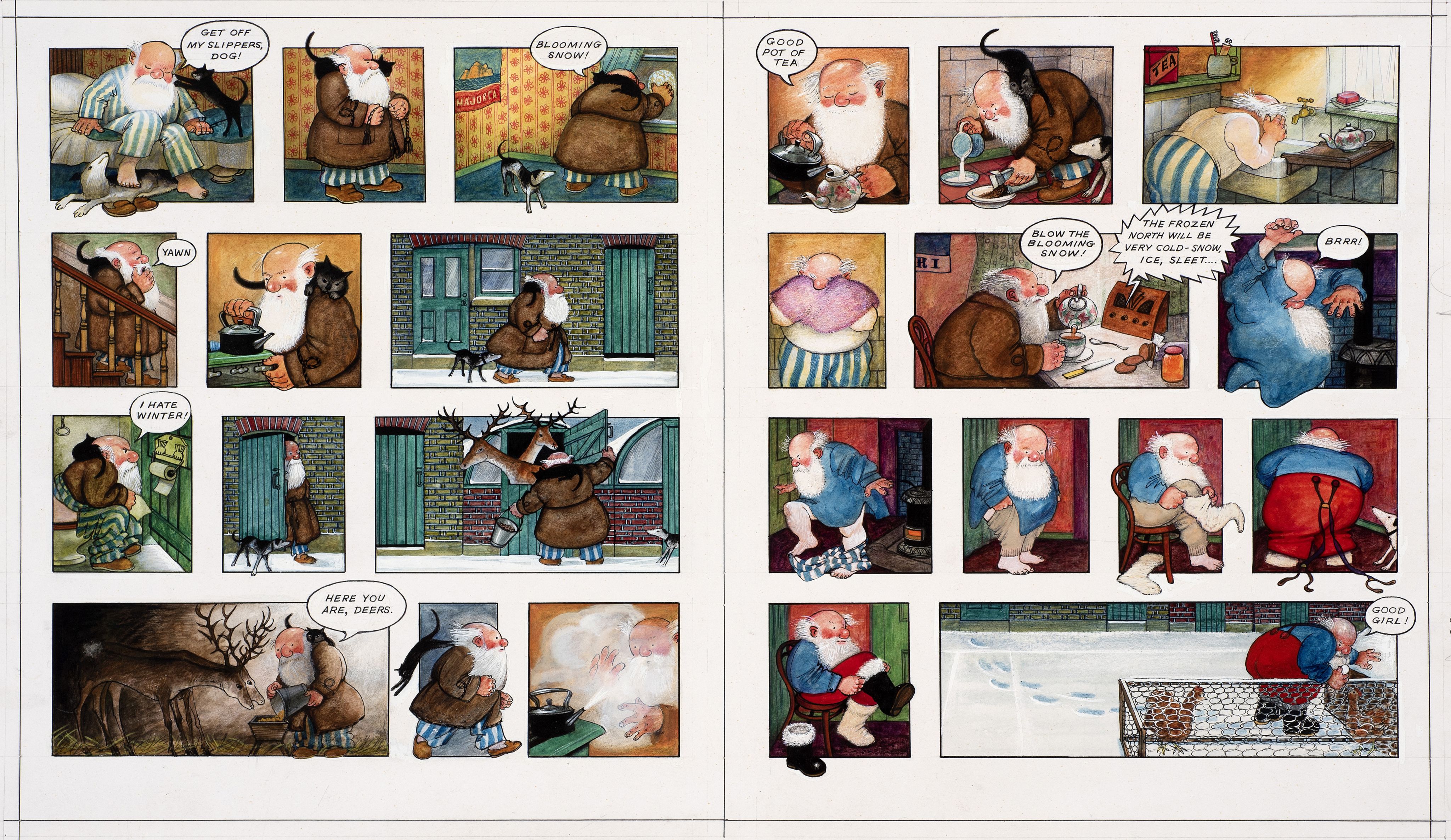
Morning page spread, Father Christmas © Raymond Briggs, 1973
Morning page spread, Father Christmas © Raymond Briggs, 1973
Perhaps Briggs’ most famous and well-known work was published in the late 1970s. The Snowman (1978) is a word-less picture book which won multiple awards and was adapted into an animated film in 1982. Commenting on the end of the book, Briggs said: “The Snowman has to melt because that’s what snowmen do."
Yet the careful construction of the story, showing the growing friendship between snowman and boy, makes its sudden end more resonant and moving than this pragmatic explanation allows.
Also on display will be drawings from The Bear (1994), layout sketches for Ethel and Ernest (1998) as well as illustrations from Briggs’ last picture book, The Puddleman (2004).
"I wanted to show the petty nastiness of life – slime and spit and dandruff, all this awful stuff which is slightly funny because it detracts from human dignity and our pretensions… everyone’s got that in their life. Everyone has to deal with disgusting things."
Raymond Briggs on Fungus the BogeyMan
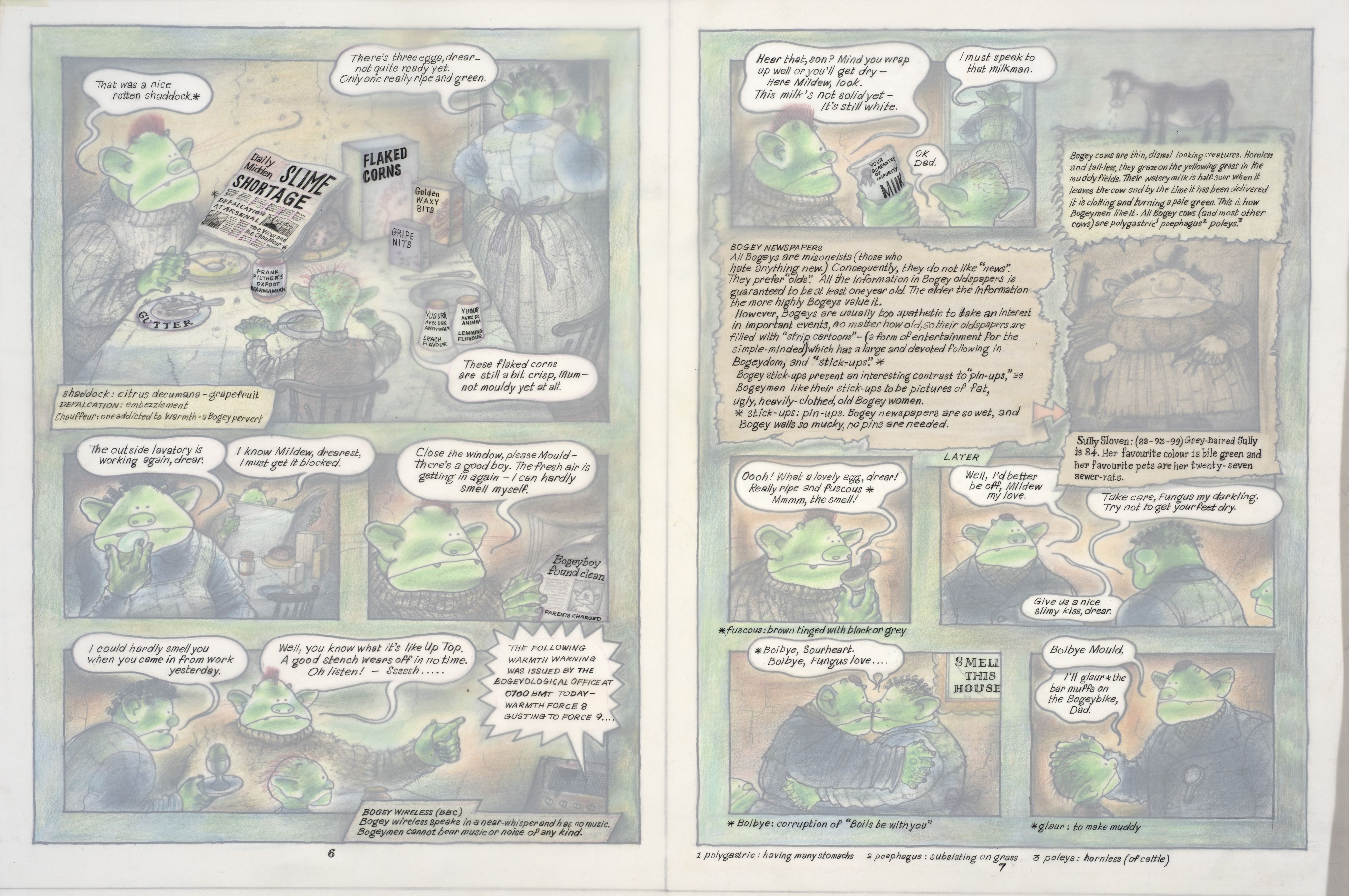
Fungus the Bogeyman page layout with overlay © Raymond Briggs, 1977
Fungus the Bogeyman page layout with overlay © Raymond Briggs, 1977
"The essence [of being an illustrator] is to be a mini actor. If the figure is to crouch low in fear, you have to feel that from the inside... At the same time you have to be observing the figure from the outside. It’s an odd business really."
Raymond Briggs
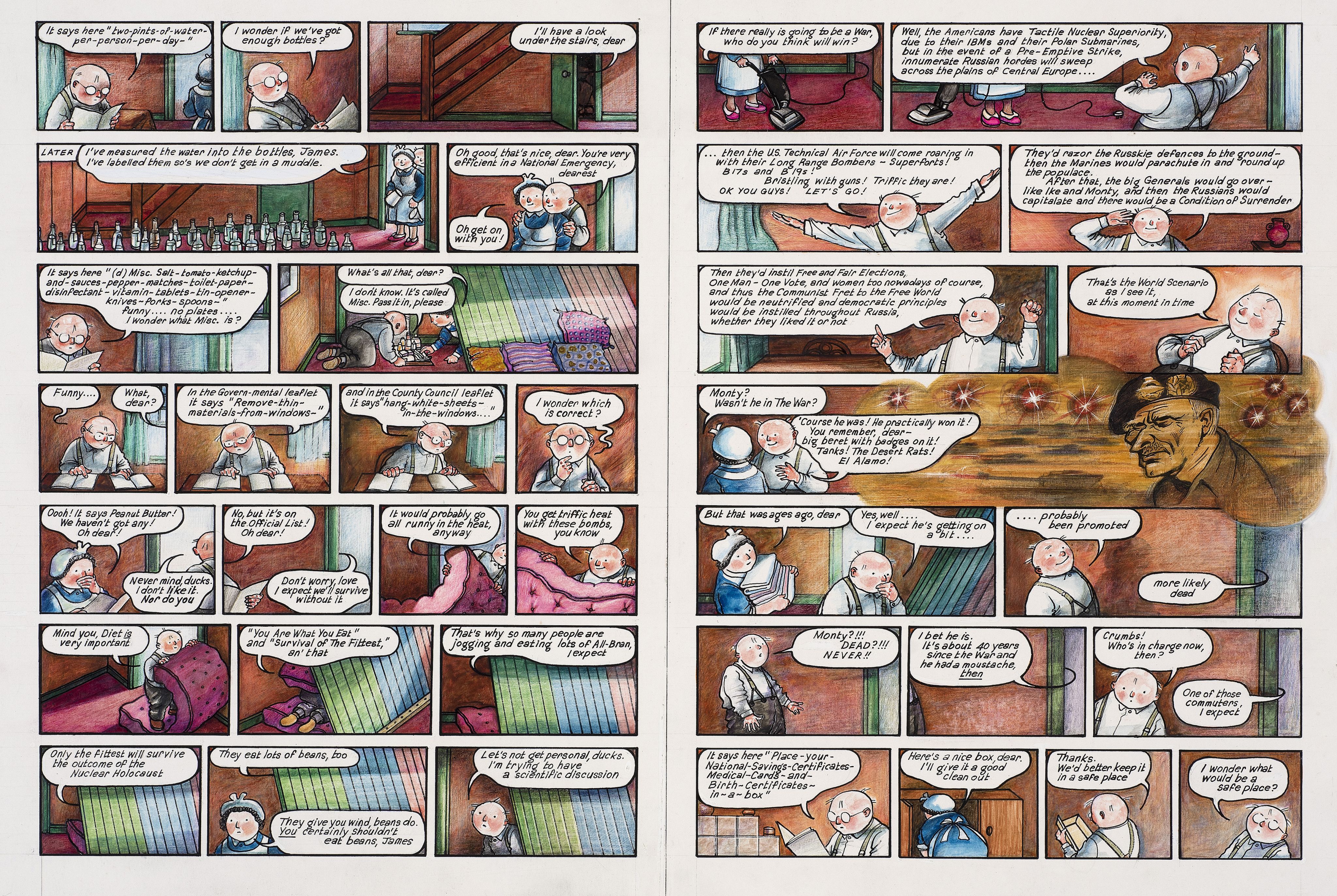
When the Wind Blows page spread © Raymond Briggs, 1982
When the Wind Blows page spread © Raymond Briggs, 1982
"With a career spanning over 60 years Raymond Briggs' captivating illustrations and stories have touched countless people and will continue to do so for many years to come."
Ruth Law, Exhibition Coordinator

The Elephant and the Bad Baby page spread © text Elfrida Vipont Foulds, illustrations Raymond Briggs, 1969
The Elephant and the Bad Baby page spread © text Elfrida Vipont Foulds, illustrations Raymond Briggs, 1969
Raymond Briggs: A Retrospective opens on Saturday 29 April 2023 and will run until Saturday 26 August 2023. It is free and open to everyone.
Free tickets can be booked here and anyone with a ticket is free to visit the University Library Tea Room before or after the exhibition (or both).
Raymond Briggs: A Retrospective is a touring exhibition from the Quentin Blake Centre for Illustration and features original illustrations courtesy of Raymond Briggs’ Archive and Penguin Random House.

